|
|
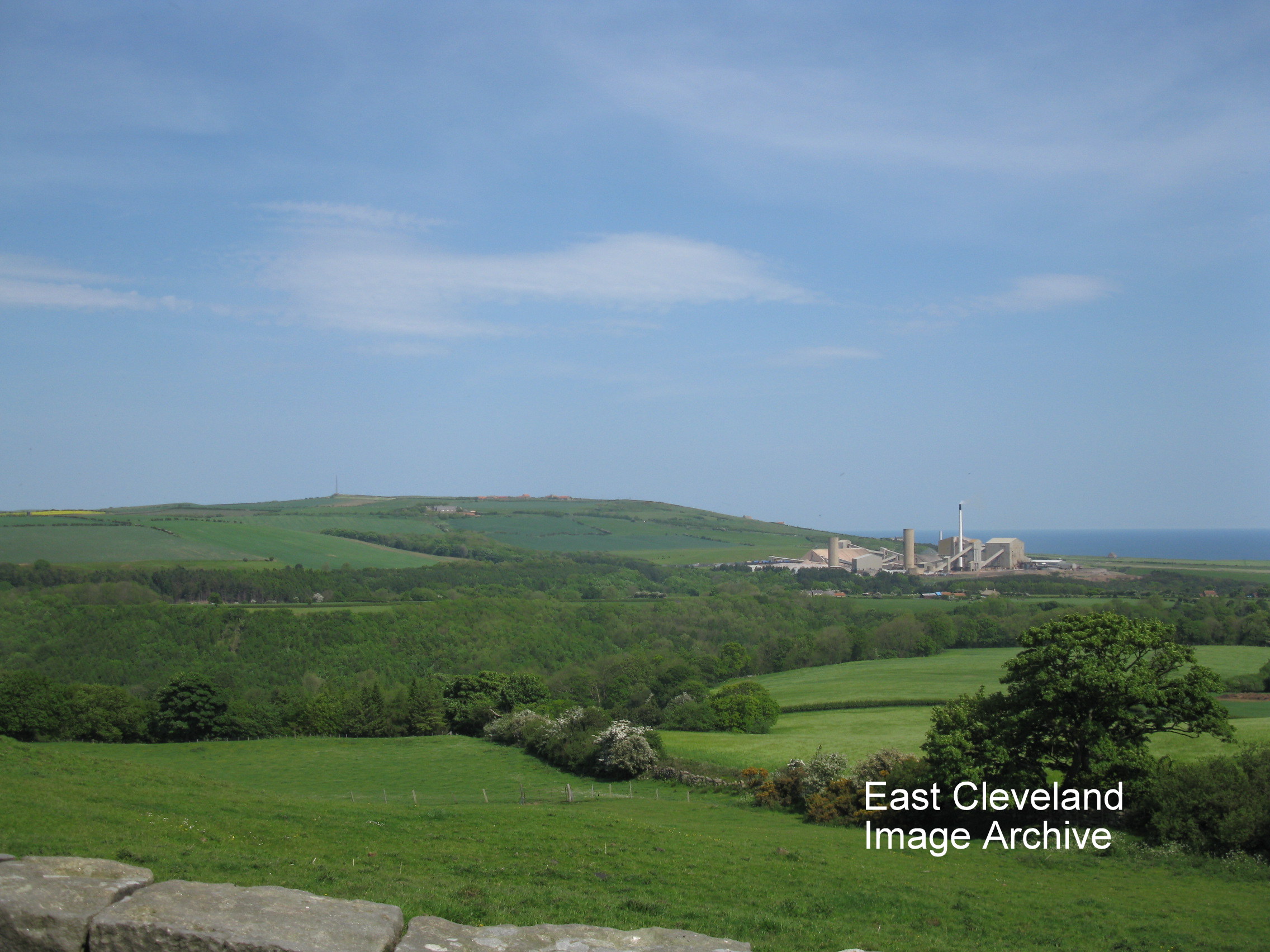
We’ve had a look at the old Boulby Potash – now have a look at the new! A recent image of Boulby Potash, taken from a similar viewpoint – it no longer ”sits in the landscape”!
The original image as posted had been converted to B & W to be in keeping with the other images, however this is certainly more impressive, confirming that the mine has a lessened impact on the landscape; from certain directions.
Image courtesy of Norman Patton.

A further image from the start-up of Cleveland Potash and just to show that industrial photos don’t have to be grungy and Gothic!
Image courtesy of Alan Franks.
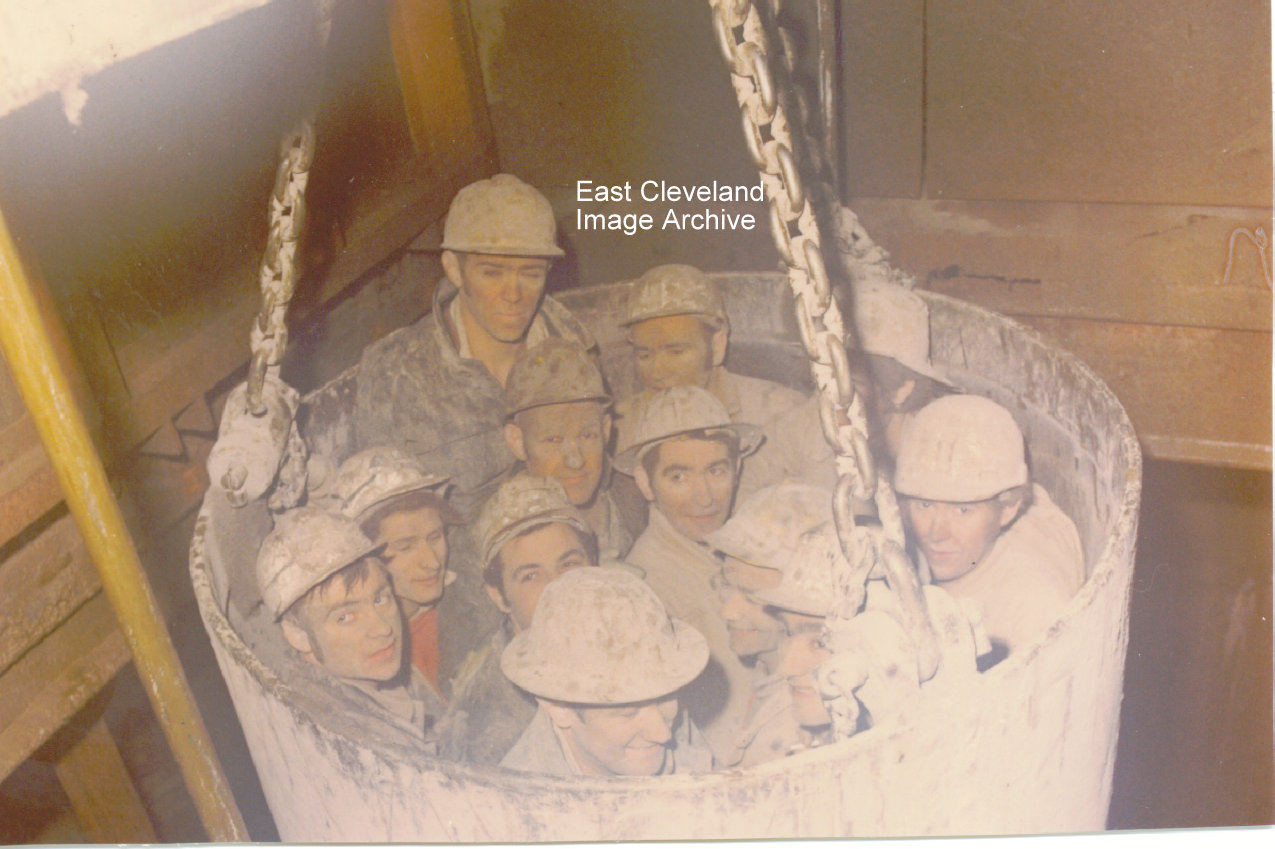
Just in case you thought we were over-glamorising the construction of Boulby Potash – here’s an image to change your mind – these boys earned their coppers! Among those identified to date are Tommy Wood, Colin Light foot and the Morgan brothers. Can anybody assist with other names? Seamus Morgan has assisted with: “At front Paddy Doyle, left of him Charlie Johnston, behind him Mick Baker ? One high up I think was a South African; right off him Tony Crawshaw.”
Image courtesy of Alan Franks, thanks to Seamus Morgan for the update.
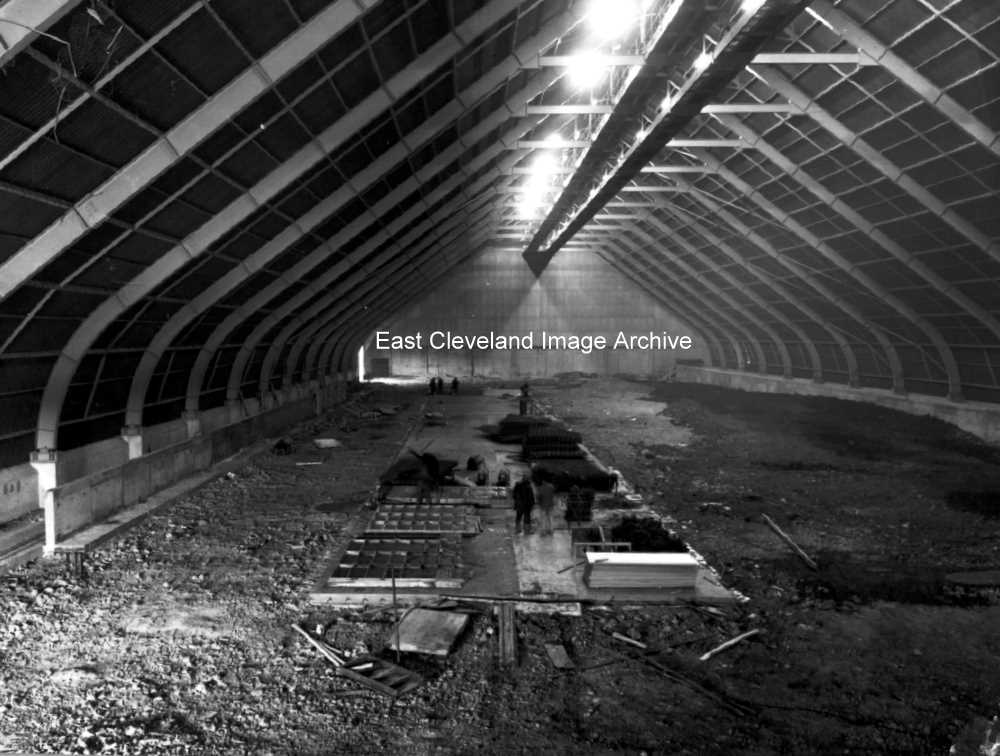
The finished product storage unit at Boulby Potash – impressive eh!
Image courtesy of Alan Franks.
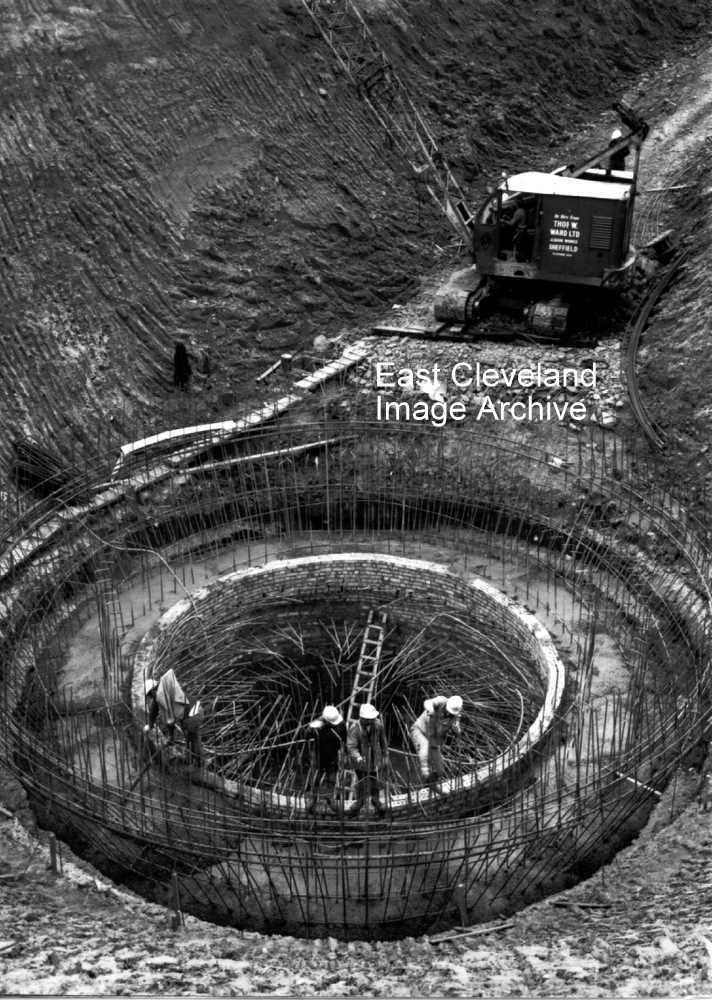
Another image of the shaft construction.
Image courtesy of Alan Franks.
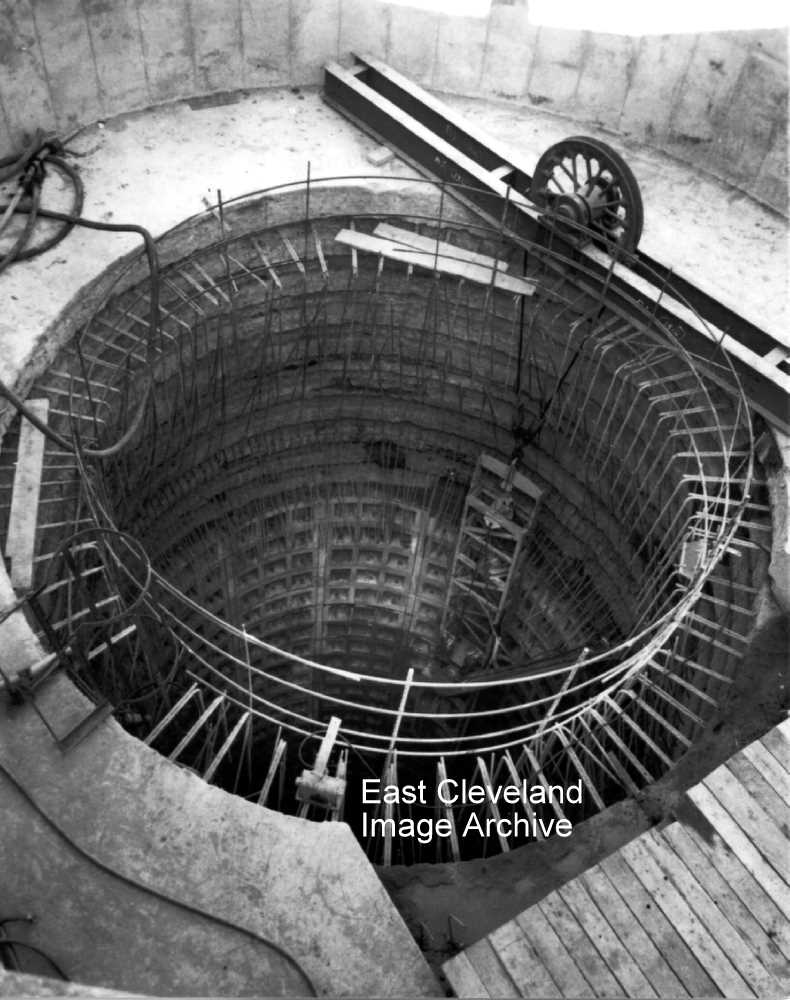
It takes a lot of iron – is certainly true – to space the liner from the shaft. Another lovely industrial image, almost art!
Image courtesy of Alan Franks.
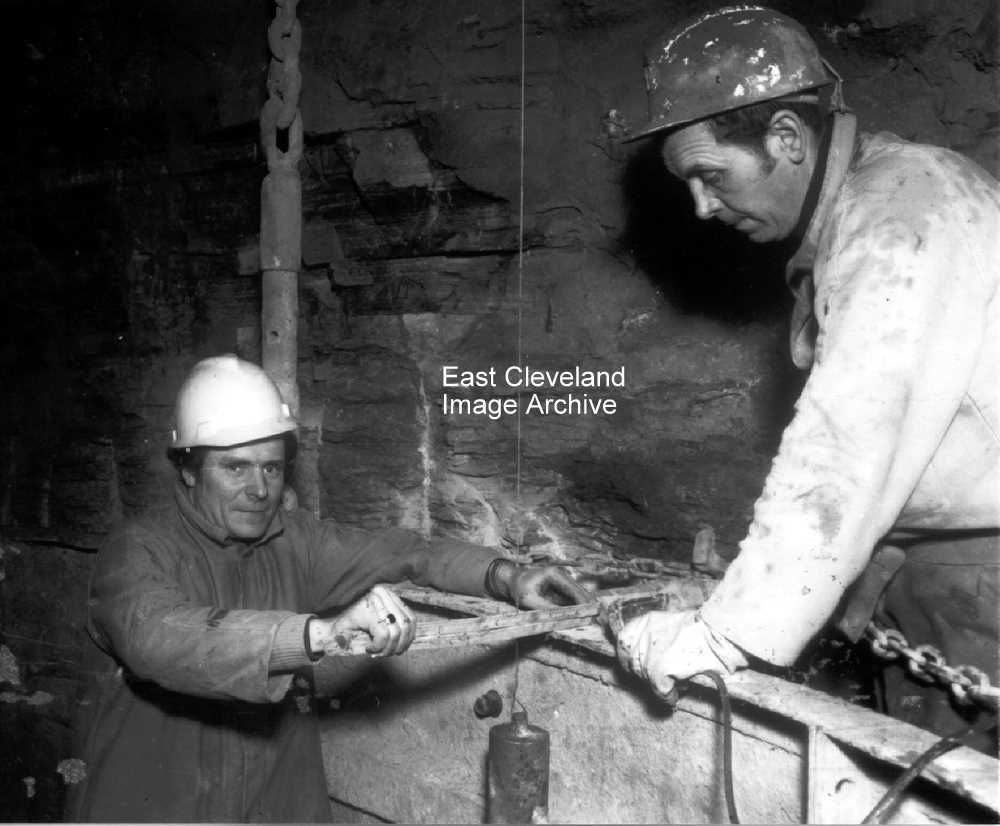
Traditional skills, traditional tools, traditional methods. Men setting the shutter ready for concreting. They are measuring from a plumb line (there were 4; 1 at each point of the compass). Acrow Jacks were used to push the shutter into position.
Image and words courtesy of Alan Franks.
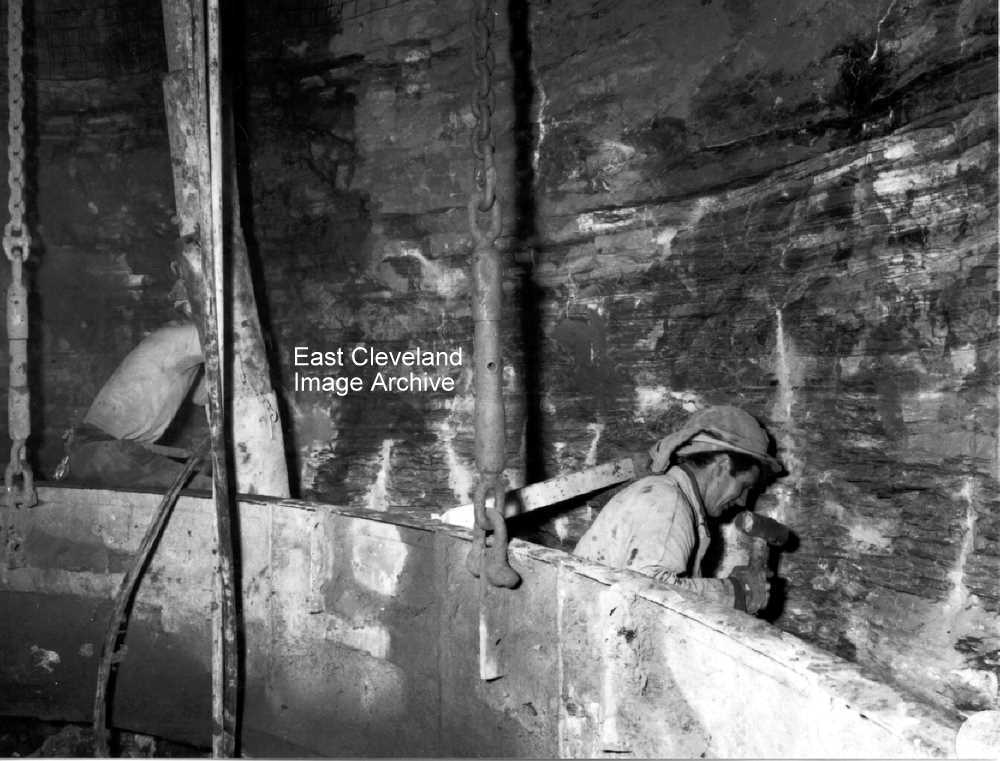
Bet you thought it was all machine work; part of the record-breaking team of shaftmen at work. Showing concrete being poured through a metal pipe from the surface (visible to the right of the 1st man). These were called ’Elephant’s Trunks’ as they were short lengths linked together to make them flexible and they looked like an elephant’s trunk. The concrete was vibrated using a compressed air vibrating poker, to make sure the concrete was mixed properly to stop it honey combing, the man on the left is doing this.
Image and words courtesy of Alan Franks.
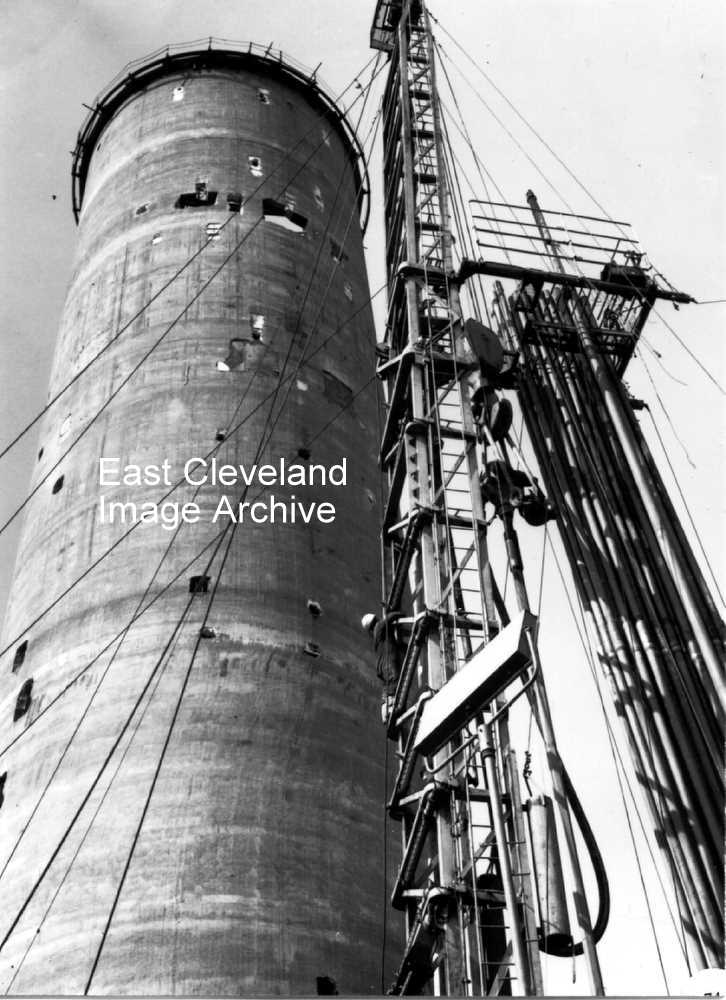
An almost artistic industrial image of one of the shafts and a drilling machine.
Image courtesy of Alan Franks.
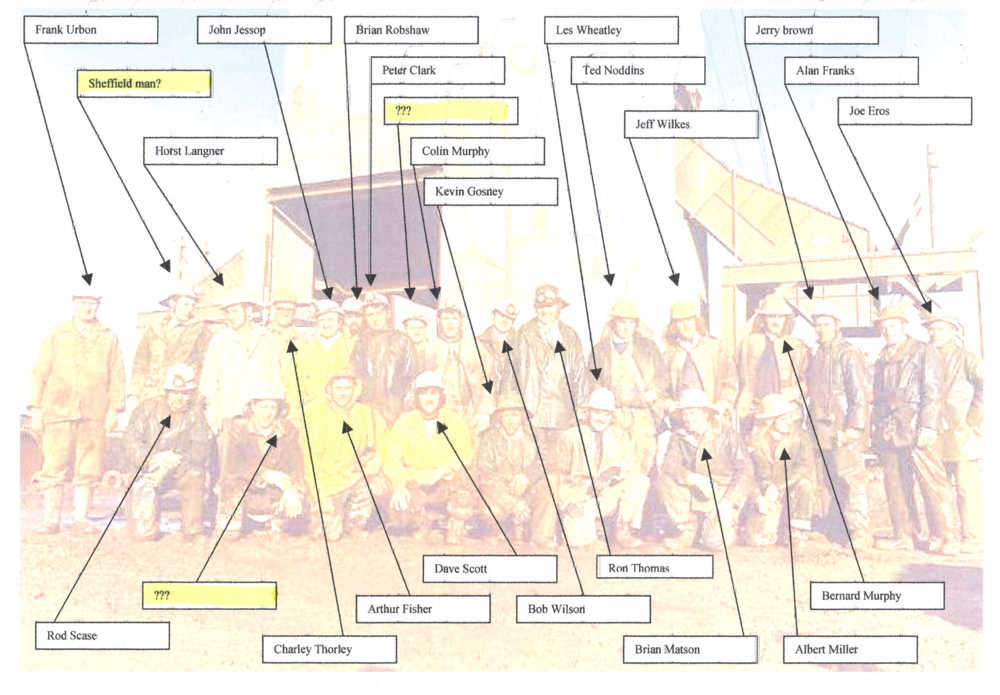
The names (where known) of the shaft-sinking crews from Boulby Potash Mine who broke the European Shaft-sinking record with 400 feet in 30 days on the 4th February 1971 on the Rock Shaft. (This record was beaten again during the sinking of the Main Shaft).
Image courtesy of Alan Franks.
Page 5 of 6« First«...23456»
|
|










Recent Comments